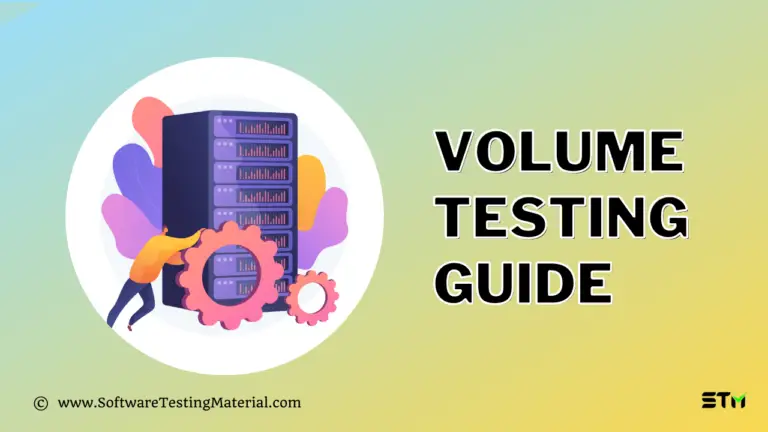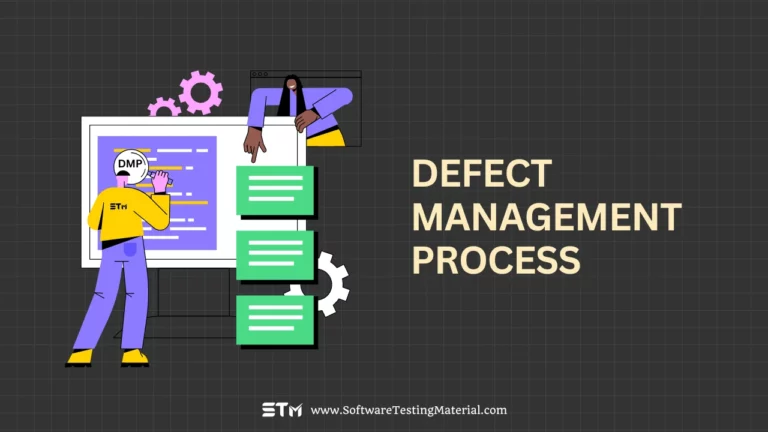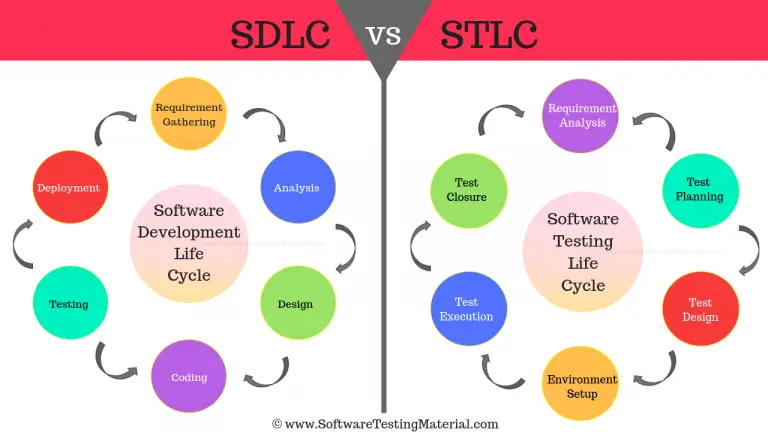Difference between SDET and Tester
When it comes to software development, two important roles are often discussed — SDET and Tester. Both play a key part in ensuring the quality of software, but their responsibilities and skills can differ significantly. Understanding the differences between SDET (Software Development Engineer in Test) and Tester is essential for businesses and individuals looking to build a strong testing process. This article will explain what each role involves and highlight how they compare to help you choose the right path or hire the right professional.
SDET (Software Development Engineer in Test)
An SDET, short for Software Development Engineer in Test, is a professional who plays a unique role in the software development process by combining the skills of both software developers and testers. Unlike traditional testers, SDETs are proficient in programming and use their coding skills to design and develop automated testing frameworks, tools, and support systems. Their primary goal is to ensure the quality and reliability of software through efficient and automated testing practices.
SDETs work closely with developers, testers, and other stakeholders to understand the requirements of the project and develop strategies for both testing and code quality improvement. They focus on building scalable, reusable, and robust automation solutions, ensuring that the software meets both functional and non-functional requirements.
Responsibilities of an SDET
- Test Automation Development: SDETs design, implement, and maintain automated testing frameworks and scripts to test software functionalities efficiently.
- Code Review and Quality Assurance: They participate in code reviews and contribute to the improvement of coding standards to enhance the overall quality of the software.
- Writing Test Cases and Scenarios: SDETs create detailed and comprehensive test cases, test data, and scenarios for both manual and automated testing.
- Performance and Security Testing: They conduct performance testing and ensure the application meets security standards by identifying vulnerabilities.
- Collaboration with Development Teams: SDETs work closely with developers to identify bugs early in the development cycle and help in debugging and fixing them.
- Continuous Integration and Deployment (CI/CD): They integrate tests into Continuous Integration/Continuous Deployment pipelines, ensuring automated tests are executed regularly.
- Research and Tool Development: SDETs often research new tools and technologies to improve automation efficiency and build tools tailored to project needs.
SDETs are essential in bridging the gap between development and testing. Their unique skill set ensures that the software is not only functional but also highly reliable, scalable, and secure.
Software Tester
A Software Tester is a person who makes sure that a software application works as it should. Their main job is to check the software for any mistakes, or “bugs,” before it is released to users. By testing the software, they ensure it is reliable, user-friendly, and meets the needs expected by the customer or business.
Responsibilities of a Software Tester
- Understanding Requirements: Software Testers study the requirements of the application to understand how it is supposed to work. This helps them plan tests to make sure every part of the software behaves as expected.
- Creating Test Cases: They write detailed instructions or “test cases” that outline how to test a feature, including what inputs to use and what outcomes to expect.
- Executing Tests: Software Testers run manual and automated tests on the application to ensure all functionalities work correctly. This includes testing different scenarios, like normal use and unexpected inputs.
- Finding Bugs: If an issue is discovered, they carefully document the problem. They describe what went wrong, how to reproduce the issue, and what they expected to happen instead.
- Collaborating with Developers: Testers work closely with the development team to discuss the bugs they found, so they can be fixed. They also retest the software after bugs are resolved to ensure everything works properly.
- Performing Regression Testing: When new features are added to the software, testers make sure these changes do not break existing functionalities by re-running tests on the entire application.
- Usability Testing: They ensure that the software is easy to use and meets the needs of its target audience. This involves reviewing the user interface and user experience.
- Documentation and Reporting: Software Testers create reports on the testing process, including which tests passed, which failed, and summaries of overall software quality.
Software Testers play a critical role in delivering high-quality software. Their attention to detail and systematic testing help ensure that the end users receive an application that is reliable, secure, and free from issues.
Difference between SDET and Tester
This table outlines the key differences between SDETs and Testers, showcasing how SDETs blend development and testing expertise while Testers focus on ensuring software quality through rigorous testing methodologies. Both roles are crucial for comprehensive software quality assurance.
| Aspect | SDET (Software Development Engineer in Test) | Tester |
|---|---|---|
| Role Focus | Combines programming and testing skills to develop automated tests and frameworks. | Primarily focuses on manual or automated test execution. |
| Skillset | Requires strong programming knowledge and proficiency in coding. | May not require in-depth programming skills; focuses on testing processes. |
| Responsibilities | Develops, maintains, and improves testing tools, frameworks, and automation scripts. | Executes test cases and reports bugs; may write basic test scripts. |
| Automation Expertise | Highly skilled in designing and implementing test automation strategies. | May have limited or basic automation skills, depending on the project. |
| Development Knowledge | Works closely with developers, often involved in code reviews and debugging. | Typically less involved with development processes or code review. |
| Approach | Proactive approach, involved in both development and testing life cycles. | Reactive approach, emphasizing testing after development is complete. |
| Career Path | Often transitions to roles such as Developer, DevOps Engineer, or Automation Architect. | Career progression includes roles like QA Lead, Test Manager, or Specialist Tester. |
| Tools and Frameworks | Skilled in advanced tools and frameworks like Selenium, Appium, or custom-built solutions. | Uses tools for testing, like JIRA, HP ALM, or basic automation tools. |
| Complex Problem-Solving | Solves complex challenges by building robust testing solutions. | Identifies and reports defects, ensuring proper system functionality. |
Conclusion
Both SDETs and Testers play important roles in ensuring the quality of software, but the choice between the two depends on the needs of the project and organization. SDETs are ideal for projects that require advanced technical skills, automation, and a deep understanding of both development and testing. On the other hand, Testers are valuable for projects focused on manual testing, detailed quality checks, and identifying user-facing issues. Neither role is better than the other—they complement each other to build reliable and high-quality software systems. The best choice ultimately depends on the goals and requirements of the software development process.






